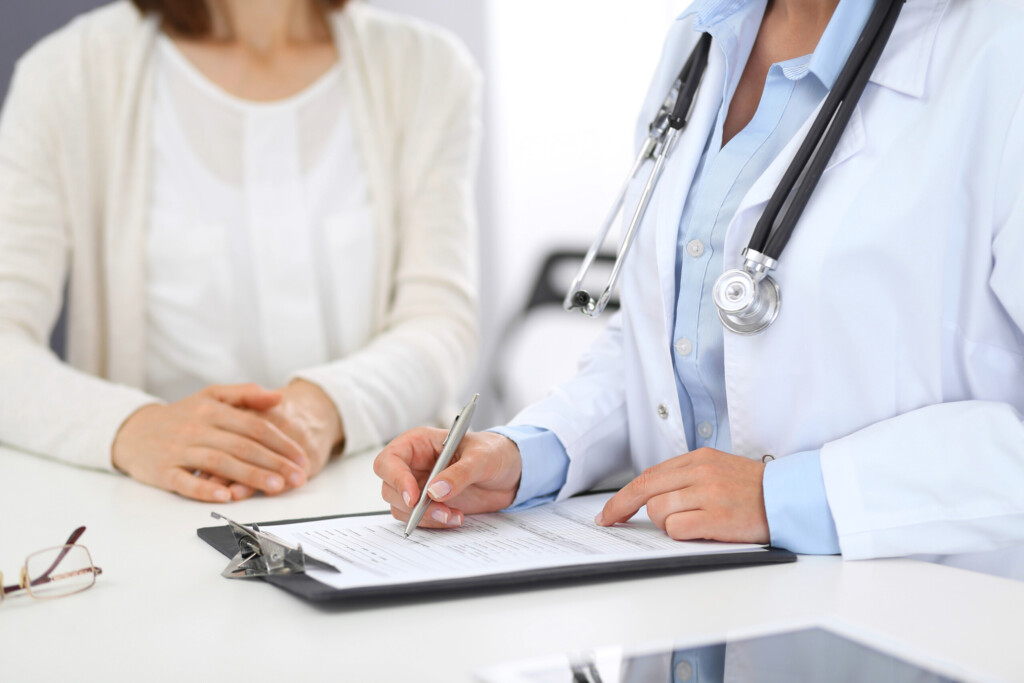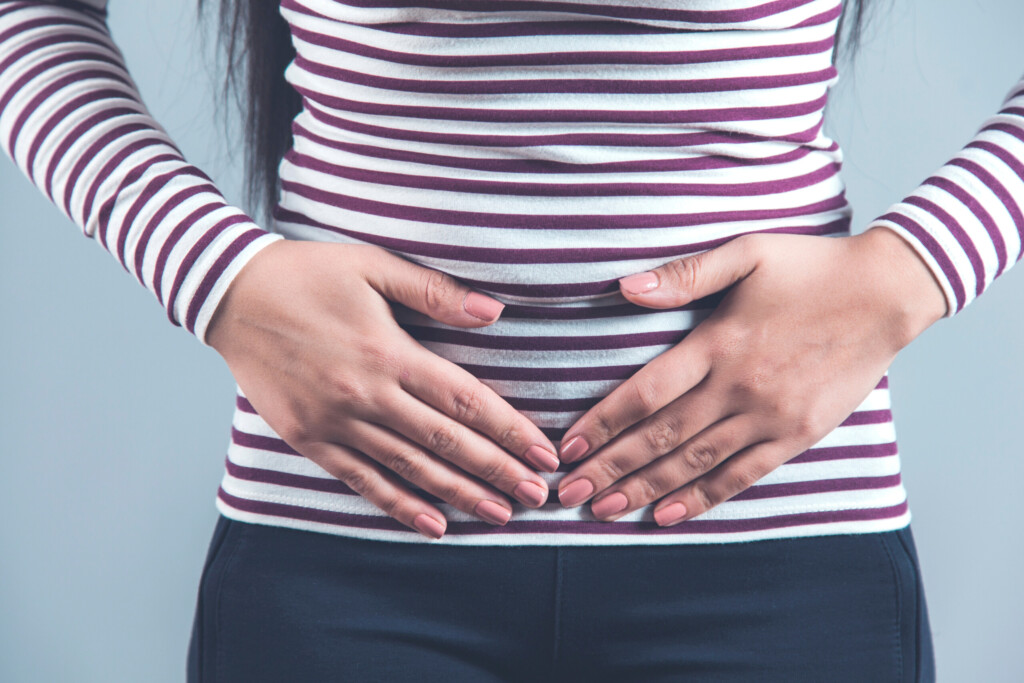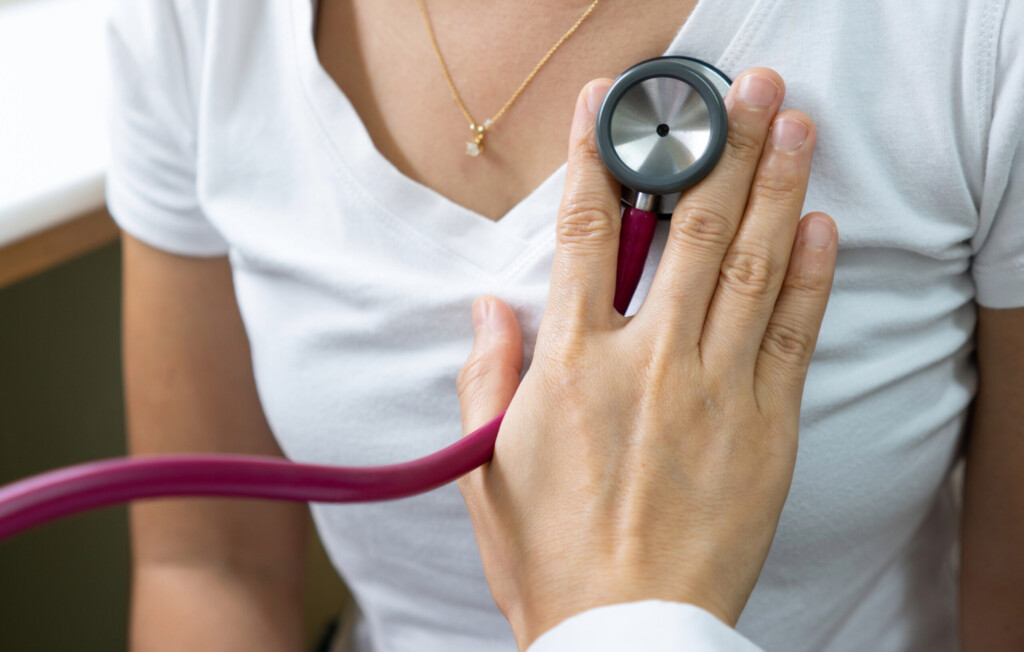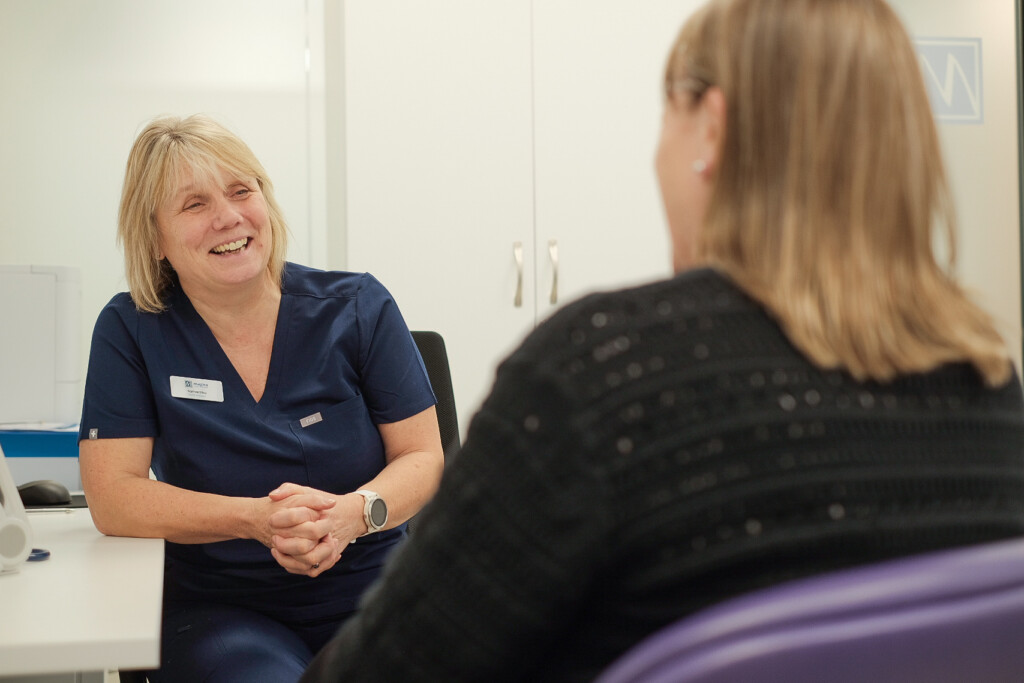Menopause health and key considerations
November 26, 2024
Issues around menopausal women’s health can mean more than night sweats and mood changes. Have you considered other aspects of your health, such as your contraceptive needs, bone health, urinary symptoms, or cardiovascular health? This blog aims to offer support for menopause and insights into managing your changing health needs effectively.
Perimenopause vs menopause: what’s the difference?
These are two different stages in the natural transition of a woman’s reproductive life.

Perimenopause is the lead-up phase, usually beginning in the 40s, though it can start earlier. During this time, fluctuating hormones cause early menopause symptoms, such as irregular periods, hot flushes, and mood changes.
Menopause, however, is marked by a full year without menstruation, signalling the end of a woman’s reproductive years. After menopause, women enter postmenopause, a stage where hormone levels stabilise at a lower level, and symptoms may continue but often become less intense.
Managing contraception during menopause
Yes, you still need to think about contraception. It may be tempting to stop using contraception when you’re experiencing perimenopausal symptoms, but although your fertility is low it is not zero. Therefore, the usual advice is to continue with contraception for two years after your last period if you’re under 50, and for one year if you have your last period over the age of 50.
It’s a good idea to talk with a doctor about your individual needs, but your options can include:
- Combined contraceptive pills (containing oestrogen and progesterone) are generally not suitable for most women in this age group, as they carry a higher risk of blood clots. However, the progesterone-only pill (mini pill) is still safe to use and can be used alongside hormone replacement therapy (HRT).
- An intrauterine contraceptive device (coil) provides long-lasting contraception. A progesterone-containing coil (such as Mirena) is also a useful treatment for nuisance bleeding which can sometimes be an issue in the perimenopausal years. It can also be used as part of an HRT regime to protect the womb lining whilst giving oestrogen HRT.
Some women will choose a contraceptive implant which gives highly effective contraception for 3 years, and others will choose barrier methods. The contraceptive injection (given every 3 months) is usually not recommended for women around the time of menopause as there’s some concern that long-term use can reduce bone density. If you’ve been using the injection for over two years, your doctor will probably recommend that you switch to an alternative method.
Preventing osteoporosis in postmenopausal women
The lack of oestrogen after menopause can cause the bones to ‘thin’, meaning that they lose density and become less strong. This then leads to a higher risk of fractures. A slight loss of bone density is called osteopenia, whilst a more marked loss is osteoporosis. This is diagnosed with a bone density scan (DEXA scan). Unless you break a bone you may well have no symptoms from osteoporosis, although a loss of height (i.e. if you seem to be shrinking!) can be a typical indication.
There are things that you can do in order to try to keep your bones healthy.
- Weight-bearing exercise such as walking is beneficial.
- Calcium is important for your bone health. Calcium-rich foods include dairy products, green leafy vegetables, and some nuts and pulses.
- Essential menopause vitamins include Vitamin D. It helps your body to use calcium, which is metabolised in the skin by exposure to sunshine. Most of us in the UK don’t see enough sunshine, especially during the winter months, so taking a daily vitamin D supplement is helpful.
- The Osteoporosis Society is a great source of information about bone health.
Some women are at a higher risk of osteoporosis. This includes those with a family history of osteoporosis, those who are underweight, those who have had an early menopause, and those who have been on certain drugs such as long-term steroids or some breast cancer drugs.

Consult your doctor if you have any concerns about your bone health.
Menopause and bladder health
Women can find discussing menopause incontinence embarrassing so this issue may be underreported. A lack of oestrogens in the vulval and vaginal tissues causes them to become dry and more fragile. This can cause discomfort during intercourse and can also lead to an increase in urinary tract infections.

One of the most distressing urinary symptoms is incontinence, an involuntary leakage of urine. This can be broadly divided into two main groups: stress incontinence and urge incontinence, and some women will have a mixture of both types.
- In stress incontinence the muscles that support the bladder are weaker, so anything that increases pressure in the abdomen (such as coughing, sneezing, or running) can cause a leakage of urine.
- In urge incontinence the bladder muscle is overactive, causing a need to urinate frequently and a sudden, urgent need to dash to the loo. Both these types of incontinence are more common after the menopause.
Treatments differ depending on the type of incontinence, but there are things that can help so do ask for advice if you are struggling. It’s always worth having a conversation with your doctor if you’re experiencing problems.
Cardiovascular health considerations after the menopause
Menopause and heart disease are often linked. As oestrogen levels decline, it can contribute to the narrowing of arteries, raising the risk of various heart-related conditions.

- Coronary heart disease: When arteries supplying the heart narrow, it can lead to angina or heart attacks.
- Stroke: Reduced blood flow to the brain increases the risk of strokes or transient ischaemic attacks (mini-strokes).
- Peripheral artery disease (PAD): Narrowing of the leg arteries can cause pain or cramping when walking.
Thinking about your risk of cardiovascular disease is an important way of staying healthy for the years to come.
While menopause can increase the risk of heart disease, several factors contribute to overall cardiovascular health. These include:
- High blood pressure
- Diabetes
- High cholesterol
- Smoking
- Obesity
- Family history
Managing your risks
To maintain a healthy heart, we urge you to adopt these lifestyle changes:
Eat a heart-healthy diet: Prioritise a balanced diet rich in fruits, vegetables, whole grains, lean proteins, and healthy fats.
Stay active: Aim for at least 150 minutes of moderate-intensity exercise per week. Activities like brisk walking, swimming, or cycling can improve heart health and overall fitness.
Adopt healthy habits: Quitting smoking, limiting alcohol consumption, and managing stress can significantly reduce your risk of heart disease and other health problems.
In summary
There are so many issues for women to consider, from managing early menopause symptoms to post-menopausal care. You may want to discuss HRT, or you may be thinking about one of the issues described above.
The doctors at Magna Private Healthcare will be happy to speak to you and guide you through any concerns you may have. Explore our range of Women’s Health services here.

FAQs about the menopause
Menopause is a natural phase in a woman’s life, with various physical and emotional changes. Here are some common questions and answers to help you navigate this transition:
1. What are the most common symptoms of menopause?
Menopause symptoms include hot flushes, night sweats, mood changes, vaginal dryness, and irregular periods. Other common symptoms include trouble sleeping, weight gain, and thinning hair.
2. How can I manage hot flushes during menopause?
These can be managed with lifestyle changes, such as wearing light clothing, avoiding spicy foods, staying cool, and reducing stress. HRT can also help reduce hot flushes.
3. Do I still need contraception after the menopause?
You should continue using contraception until you’ve gone 12 consecutive months without a period if you’re over 50. If you’re under 50, it’s recommended to use contraception for two years after your last period.
4. How does the menopause affect bone health?
Menopause decreases oestrogen levels, which can lead to osteoporosis, a condition where bones become brittle and weak. To maintain bone health, it’s important to get enough calcium and vitamin D, and do regular weight-bearing exercises.
5. Can the menopause cause urinary incontinence?
Yes, many women experience urinary incontinence after menopause due to weaker bladder muscles and reduced oestrogen. Stress and urge incontinence are common, and treatments include pelvic floor exercises, medication, and in some cases, surgery.
6. Does the menopause increase the risk of heart disease?
Yes. This is due to changes in hormone levels, increased blood pressure, and cholesterol. Maintaining a healthy lifestyle with exercise, a balanced diet, and regular health checkups can help manage this risk.
7. How can I prevent osteoporosis after the menopause?
Focus on consuming calcium-rich foods, taking a vitamin D supplement, doing weight-bearing exercises, and avoiding smoking and excessive alcohol consumption.
8. What is the role of HRT in the menopause?
Hormone Replacement Therapy (HRT) helps relieve menopausal symptoms like hot flushes, night sweats, and vaginal dryness. It can also prevent bone loss. However, HRT is not suitable for everyone, so it’s important to discuss the risks and benefits with your doctor.
9. Can the menopause affect mental health?
Yes. Hormonal changes can lead to mood swings, anxiety, and depression. Living a healthy lifestyle and seeking support from healthcare providers can help manage these symptoms. See our blog on 10 signs it’s time to seek mental-health help.
10. Is weight gain common after menopause?
Yes. Again, this is due to hormonal changes, reduced metabolism, and muscle loss. Eating a healthy diet and taking part in regular physical activity can help manage weight gain during this stage.